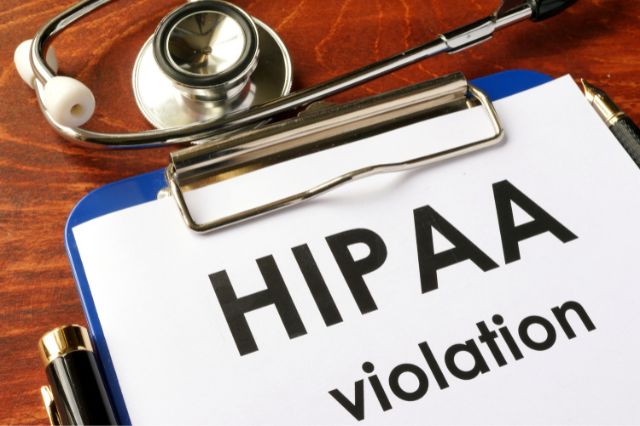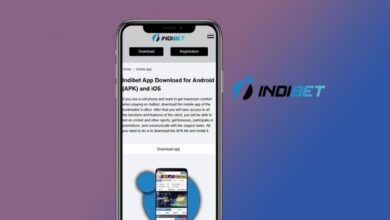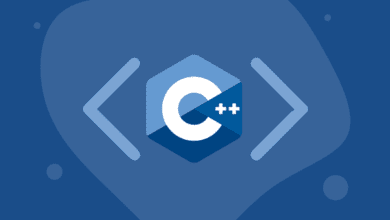The Importance of HIPAA Compliance and How to Develop It in Healthcare Software Development

As a healthcare app programming developer, you are aware of the sensitive nature of the data involved in the industry. Patient data is sacred and must be protected from unauthorized access or disclosure. Health Insurance Portability and Accountability Act, or the HIPAA, sets the standard for protecting patients’ health information in the United States.
This blog will discuss the importance of this Act’s compliance in healthcare app development and how to develop a HIPAA compliant software.
Why Is This Compliance Important?
HIPAA compliance is essential for several reasons. Firstly, it protects patient privacy. Patients have a right to expect their health information to be kept confidential. The compliance ensures patients trust healthcare providers and software developers to keep their PHI safe.
Secondly, this compliance helps prevent data breaches. Data breaches can be costly for healthcare providers in terms of fines and damage to reputation. A HIPAA-compliant app developer must follow strict rules regarding PHI access, reducing the risk of a data breach.
Finally, such compliance is required by law. Failure to comply with it can result in significant fines, business loss, and reputation damage. As a healthcare software developer, you must ensure your programming complies with the regulations.
How to Develop Such Software?
Developing HIPAA-compliant software requires a comprehensive approach addressing privacy and security rules. Here are some necessary steps you can take to learn how to develop a HIPAA compliant software:
Conduct a Risk Analysis
A risk analysis is an essential first step in HIPAA compliance. It involves identifying potential risks to PHI’s confidentiality, integrity, and availability. The risk analysis should cover all aspects of your application development process, including the software’s design, development, testing, deployment, and maintenance.
Implement Technical Safeguards
HIPAA requires that software developers implement technical safeguards to protect PHI or protected health information. These safeguards include:
Access controls: Limiting access to PHI to authorized individuals
Audit controls: Recording all access to PHI, including who accessed it and when
Encryption: Using encryption to protect PHI both in transit and at rest
Integrity controls: Ensuring that PHI is not tampered with or altered
Transmission security: Ensuring that PHI is transmitted securely over networks
Implement Physical Safeguards
Physical safeguards are also required under the Act. These safeguards involve securing the physical environment in which PHI is stored and processed. Some examples of physical safeguards include:
Access controls: Limiting access to areas where PHI is stored
Workstation security: Ensuring that workstations that access PHI are secured
Device and media controls: Implementing policies for the disposal of electronic devices that contain PHI
Implement Administrative Safeguards
Administrative safeguards involve policies and procedures that ensure the proper handling of PHI. Some examples of administrative safeguards include:
Security management: Implementing policies and procedures to manage the security of PHI
Risk management: Identifying and mitigating potential risks to PHI
Workforce training: Ensuring that all staff who access PHI are adequately trained on the medical regulations and how to handle PHI securely
Contingency planning: Developing contingency plans to ensure that PHI is accessible in case of an emergency or disaster
Sign Business Associate Agreements
A software developer working with a healthcare provider or covered entity must sign a business associate agreement (BAA). A BAA is a legal contract that outlines your responsibilities as a business associate and the responsibilities of the healthcare provider or covered entity. This agreement ensures that both parties understand their obligations regarding PHI handling and helps ensure HIPAA compliance.
Conclusion
HIPAA compliance is crucial for healthcare app developers. By following these steps mentioned, you can ensure your software is secure and compliant with the regulations, giving patients peace of mind that their health information is safe.





